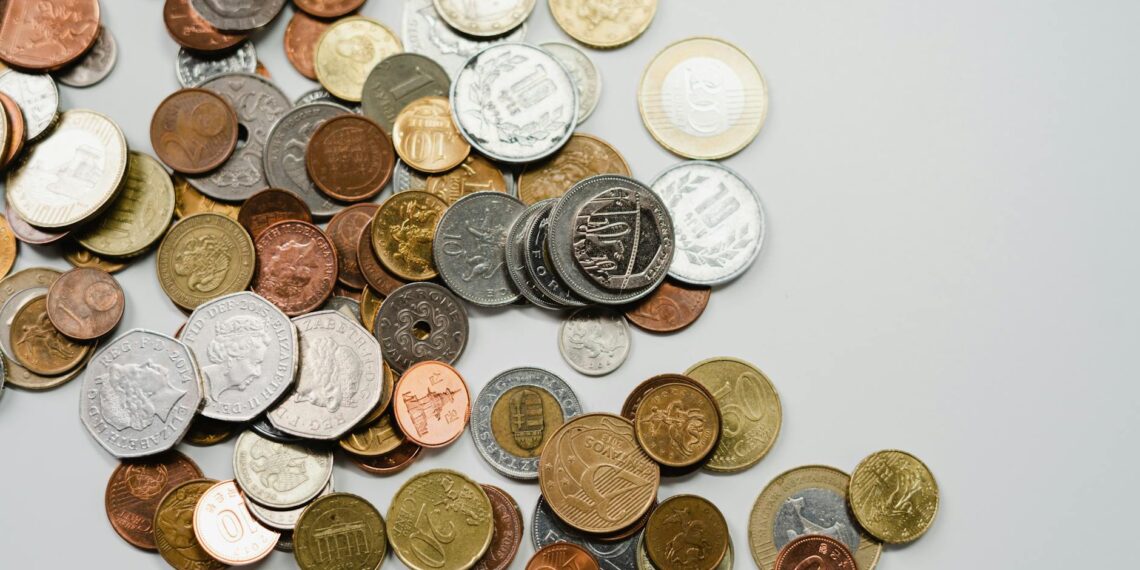Identifying a foreign coin can be a fun and rewarding process, even without fluency in the language on the coin. Here’s a breakdown of methods and resources you can use:
- Look for a country name: Many coins will have the country of origin printed on them, though not always in the Latin alphabet.
- Identify the script/language: Observe the lettering on the coin. Is it Latin, Cyrillic, Arabic, or an Asian script? This can help narrow down the potential country of origin.
– Latin script: Used by English-speaking nations, as well as many European, Central/South American, and African countries (in their native languages).
– Cyrillic script: Featured on coins from Slavic countries like Russia, Ukraine, and Bulgaria.
– Arabic script: Common on coins from Middle Eastern Arab nations and other non-Islamic countries.
– Asian scripts: Countries like China, Japan, and Thailand utilize various logographic or pictographic writing systems.
- Check the date: The date of issue is crucial. If the date is not in Western numerals, use a conversion catalog or online tool to translate it.
- Identify the denomination: Look for the coin’s face value or denomination.
- World Coin Gallery’s Instant Identifiers: This website offers a visual approach, allowing you to browse through images and symbols to identify your coin’s country of origin, [according to World Coin Gallery].
- Coin Catalogs: Online or physical coin catalogs are invaluable resources. They contain detailed descriptions, images, and valuations for coins from around the world.
- Mobile Apps: Several apps utilize image recognition to identify coins:
– Coinoscope: A free app that uses AI to recognize coins from a photo, providing details like country, year, and value.
– Coin ID Scanner: Similar to Coinoscope, this app uses AI to identify coins from over 180 countries, offering detailed information and value estimates.
– CoinSnap: Another AI-powered app that identifies and values coins based on a single photo.
– Google Lens: You can even use Google Lens to help identify foreign coins, particularly those without Latin characters.
- Community-based platforms: Numista is a popular platform with a large database and user-contributed content, making it useful for identification and collection management.
- Coin Grading Services: For valuable coins, consider sending them to professional grading services like NGC or PCGS for official authentication and grading, which will include identification.
- Coin Dealers: If you’re struggling to identify a coin, a local coin dealer can provide their expertise and help you determine its identity and potential value.
- Take clear, well-lit photos of both sides of the coin if using an app or seeking online help.
- Measure the coin’s diameter, thickness, and weight if possible, as these details can aid in identification.
- Be aware that coin values can fluctuate based on factors like rarity, condition, and current market demand.
By following these steps and utilizing available resources, you can effectively identify your foreign coins and potentially uncover their fascinating history and value.









What happens if you put foreign coins in Coinstar?
Click here for a list of unacceptable items. Coinstar cannot accept Eisenhower silver dollars, 1943 steel pennies, pure silver, commemorative or foreign coinage. They may not be recognized by our kiosk or returned to you. Items such as keys, jewelry and other valuables should also not go into the kiosk.